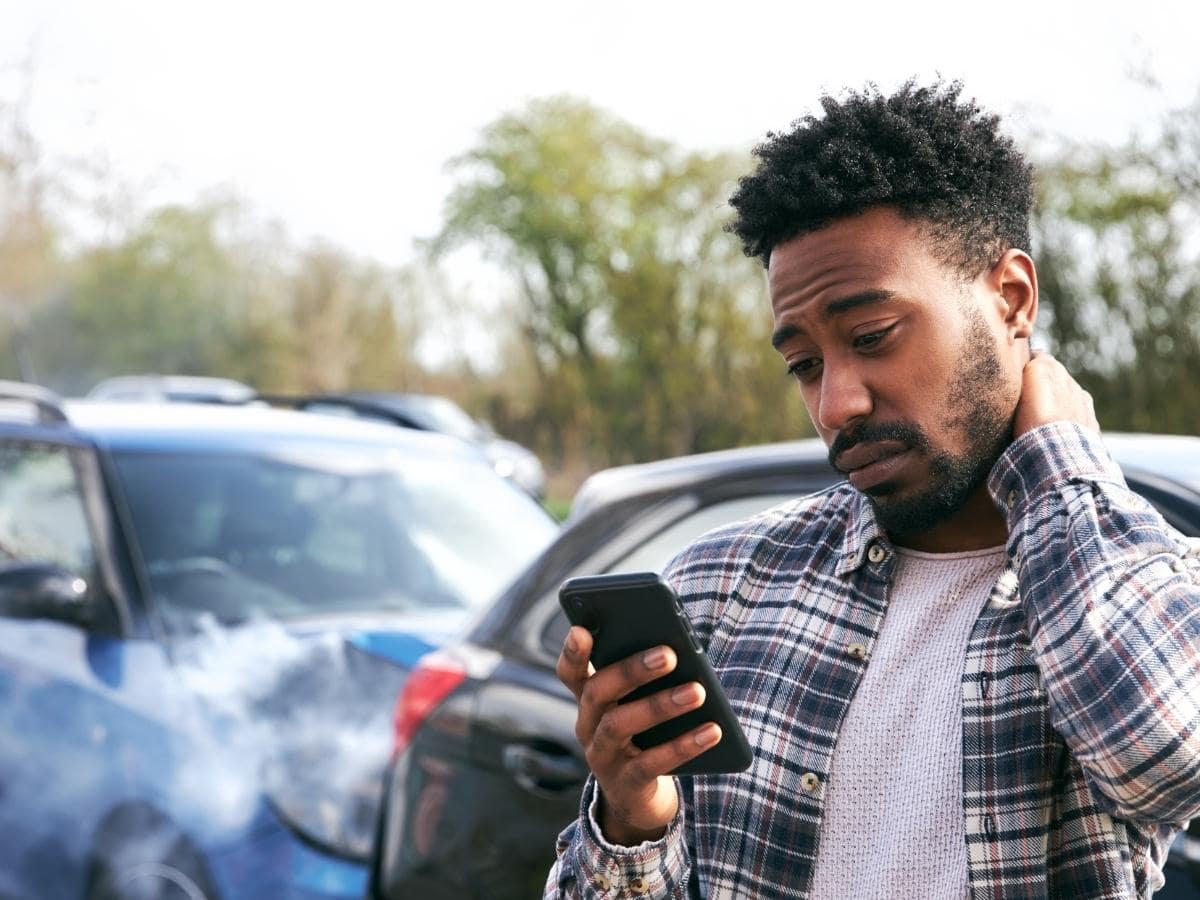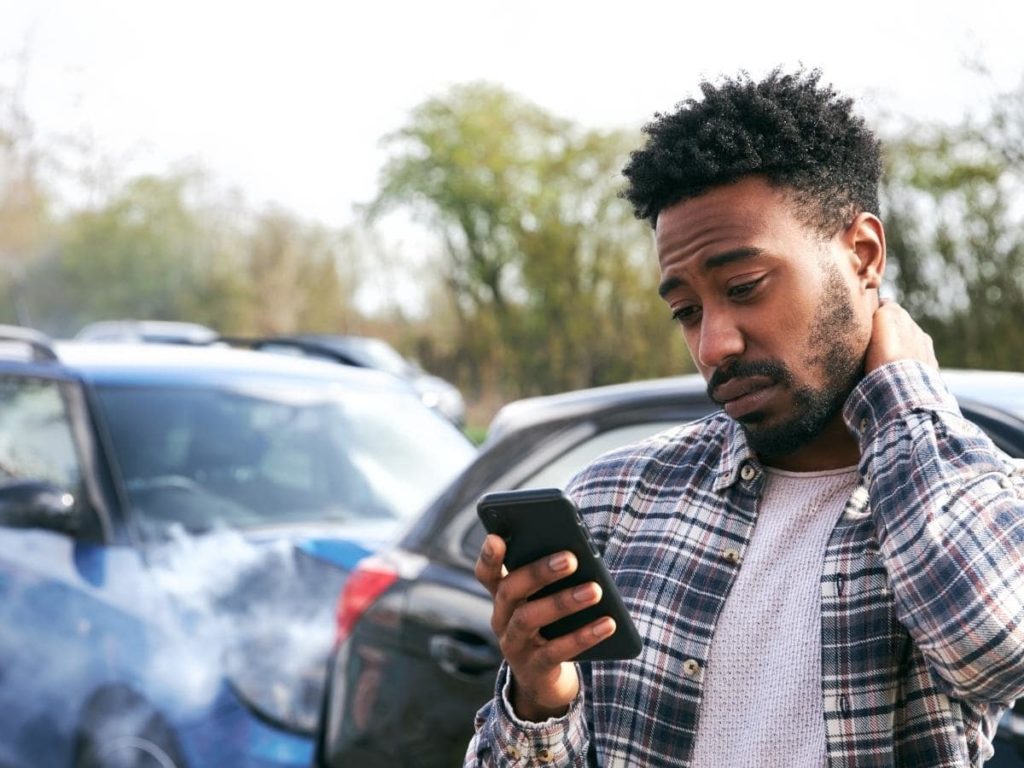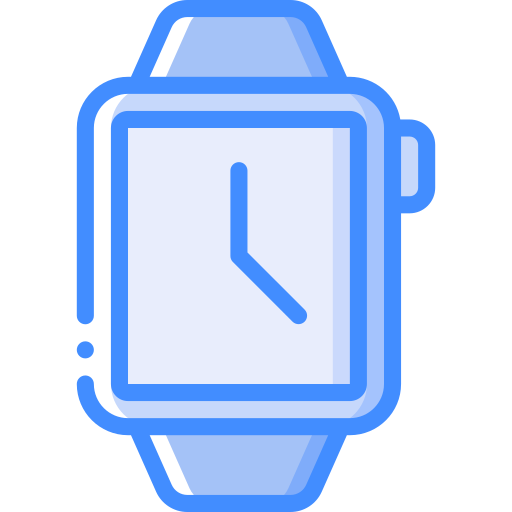
iPhone Won’t Download Apps? How to Fix it
If your iPhone refuses to download apps, you might need to upgrade its operating system to fix the problem. Apple regularly releases updates that fix software bugs and restore iPhones to full functionality. If you’re unable to download any apps, make sure that your internet connection is good. If it fails, try restarting your iPhone.
The storage space available on your iPhone should be sufficient for the applications you’d like to install. Check whether you have enough space by tapping the storage menu in Settings and then tapping the Free Up button. Once the space is free, tap the Allow option to install apps. If the problem persists, it may be due to iCloud glitches or a lack of storage space. To free up space on your iPhone, follow the steps listed below.
You may be experiencing a connection problem with the Apple App Store. If your iPhone won’t download any apps, try signing out and signing back in. This will help the app store reconnect to your Apple ID. If the download still doesn’t work, try restarting your iPhone and retry the process. To resume the download, tap and hold the app icon to access the quick action menu.

If your connection is cellular, it will use the network of your cell phone provider. However, cellular networks don’t work with apps larger than 200 MB. To save money, Apple introduced a limitation of 200MB for the download size. However, most apps exceed this limit. It’s not uncommon for iPhone users to download thousands of apps. As long as they can find a free WiFi connection, their iPhones should be able to download apps.
Another common cause of the problem is memory. If your iPhone doesn’t have enough memory, it might be time to delete unnecessary pictures, videos, and texts. Clearing up iPhone storage can help fix this issue. If all else fails, try restarting your iPhone and clearing up its memory. If you’ve tried all the above-mentioned solutions and they’re still not working, you can try deleting the apps and restarting.
Resetting your iPhone to its default settings can solve the problem. To do this, you should go to Settings > General>>>> Software Update. Then, select Download and Install. Unfortunately, you can’t make these changes one by one. Apple offers a way to reset all settings at once, without deleting any data. It’s the best way to fix this problem.
